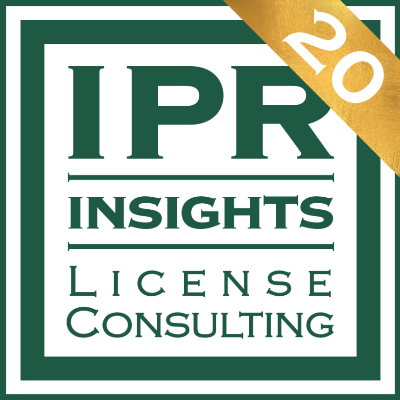Not only the complex server environment, complicated infrastructure, combined use of traditional and cloud-based solutions may be challenges in licensing, but – in lack of proper expertise – often the seemingly simple definition of license demand of client-side products.
When examining software compliance, product licenses that are defined by the number of users who access the application require serious consideration. In doing so, we may face two problems. Often, it is not obvious what type of data we need – that is, who or “what” is considered a user from licensing point of view. For example, a typical myth is that Microsoft Exchange Server access-license (CAL) is based on number of mailboxes; or another, in the case of “per user” metrics Symantec Endpoint Protection license, that the number of devices the software is installed on can be ignored. Registering and updating usage data – which is a time consuming task with lots of manual workload – may also cause difficulties. Even armed with proper product knowledge, the exact license demand definition can be carried out only in possession of all product licensing information, and upon usage data analysis based on careful studying and interpreting of EULA.
With the help of a proper SAM application – like SAM-Insights ACDC module – data collection can be automated, making human interaction unnecessary, so we can utilize our resources for the optimization of our software asset management processes and licenses.






































